- Retour accueil
- Vous êtes ici : Blog The Pyramids of the Cold
The Pyramids of the Cold
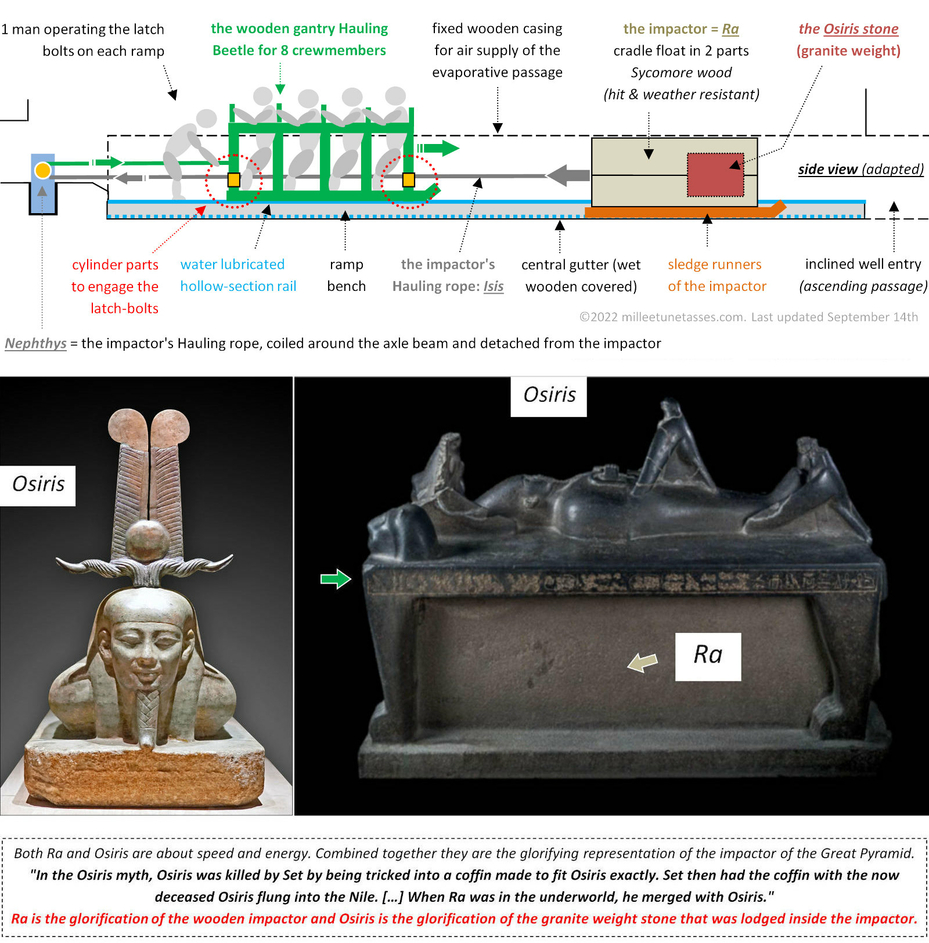
The Pyramids of the Cold Section 23 • The Sun God Ra Impactor and the Squeaky Hauling Rope
Publié par Bruno Coursol dans The Pyramids of the Cold le 15/09/2022 à 06:49
If Sun god Ra was described as the creator of everything in ancient Egyptian religion, it is only because Ra was the metaphoric representation of the piece of equipment that ...Lire la suite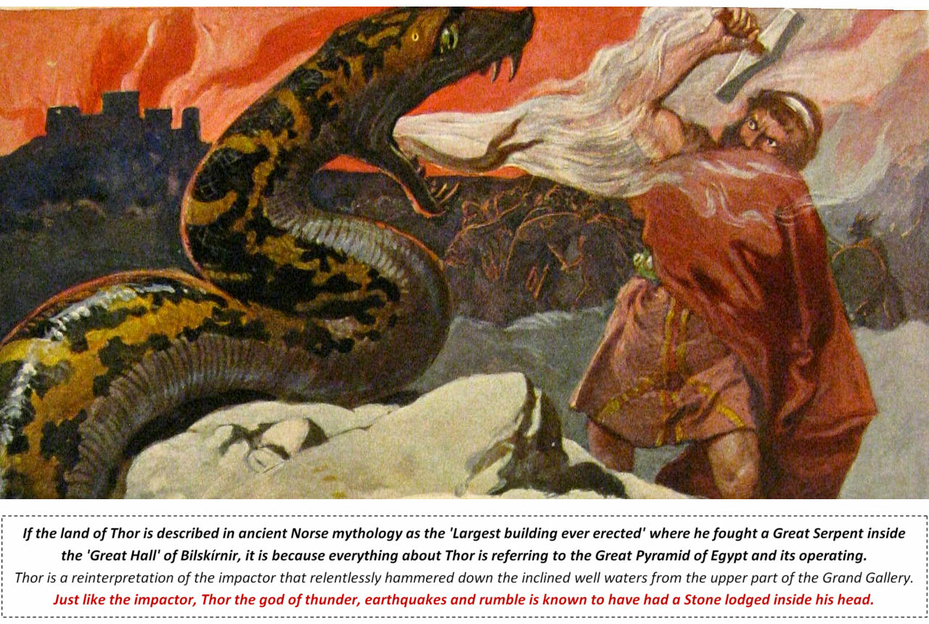
The Pyramids of the Cold Section 22 • Thor and the Mist of Cold from the Well of Hvergelmir
Publié par Bruno Coursol dans The Pyramids of the Cold le 05/09/2022 à 18:08
Thor is a prominent god of Thunder in Germanic paganism who is wielding magical hammer, belt and gloves. In Norse mythology, Marvel comics and movies Thor is associated with lightning, ...Lire la suite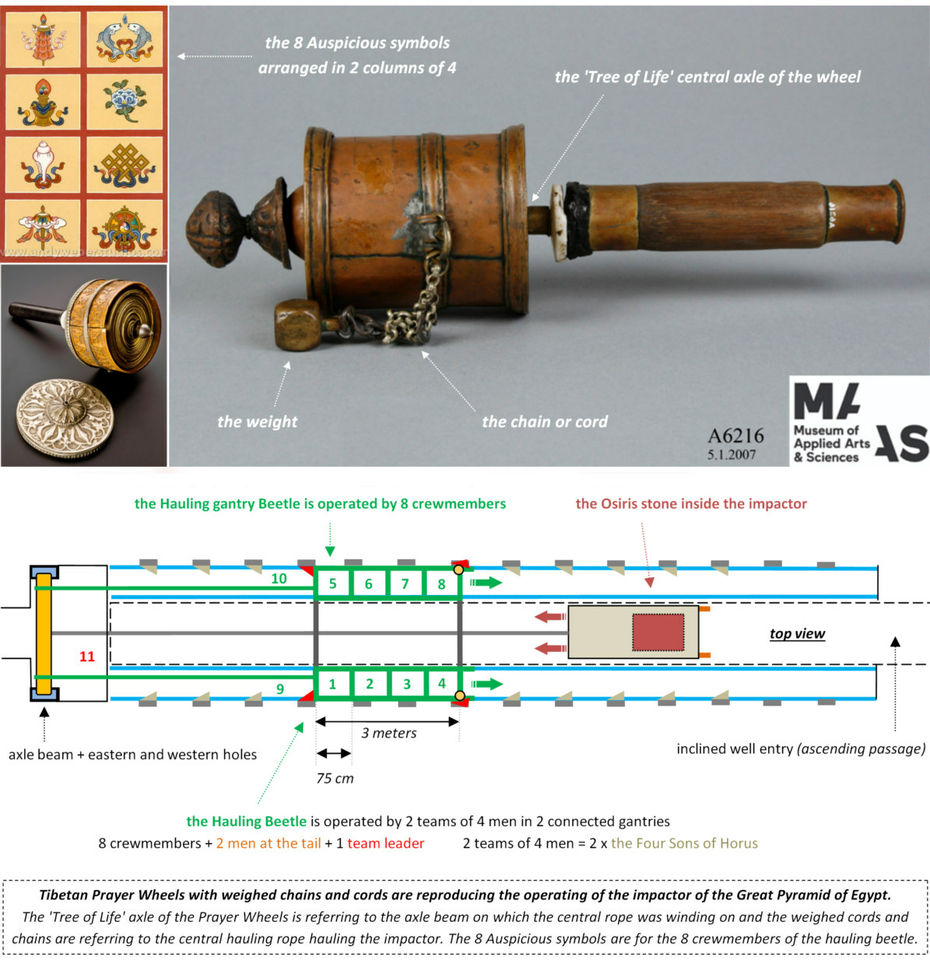
The Pyramids of the Cold Section 21 • Osiris and the Tibetan Prayer Wheels' Too Lazy Snakes
Publié par Bruno Coursol dans The Pyramids of the Cold le 28/08/2022 à 18:42
Tibetan Prayer Wheels constantly giving to too lazy Naga snakes small amounts of merit are reproducing the hauling of the impactor of the Great Pyramid of Egypt, pounding endlessly the ...Lire la suite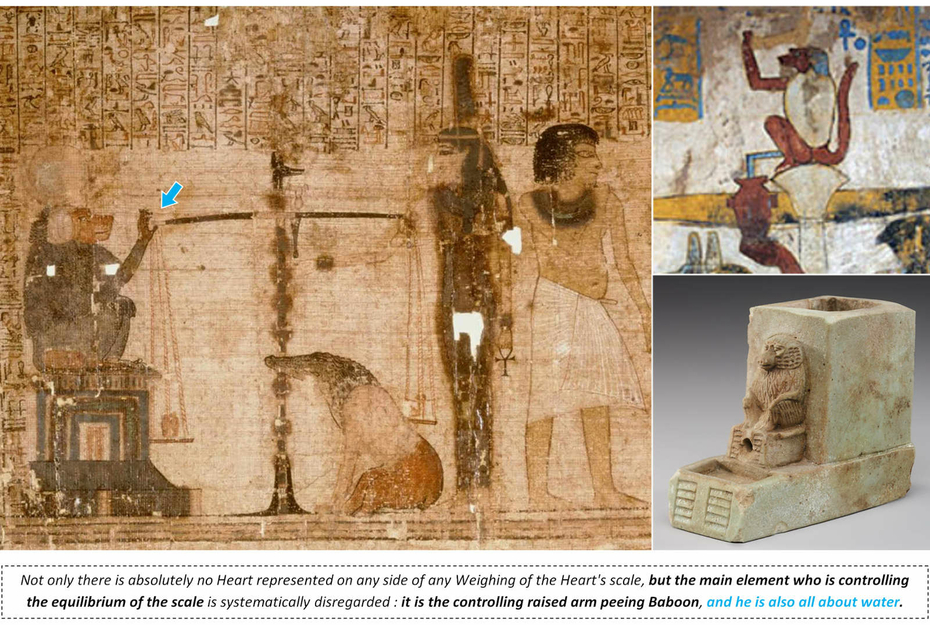
The Pyramids of the Cold Section 20 • The Weighing of the Heart Myth and the Peeing Baboon
Publié par Bruno Coursol dans The Pyramids of the Cold le 09/08/2022 à 17:22
The Weighing of the Heart judgement ritual of the deceased is led by god Anubis into the presence of Osiris, and there makes a Negative Confession, or more correctly a ...Lire la suite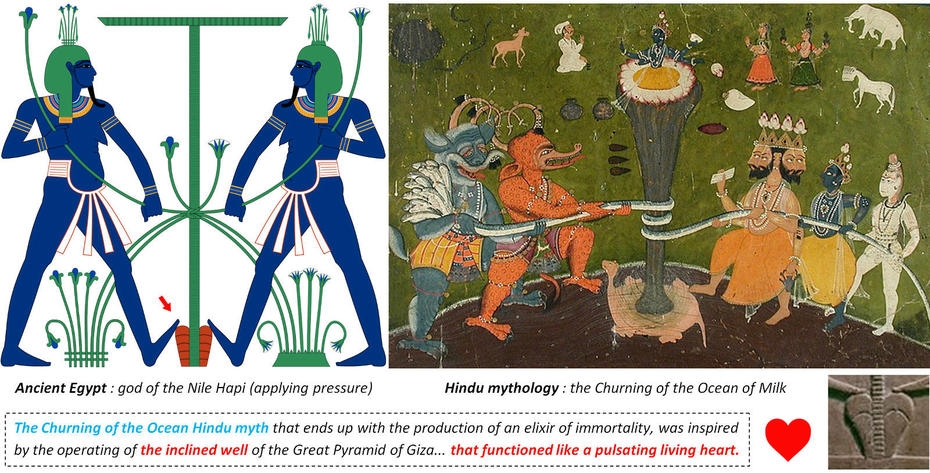
The pyramids of the cold Section 19 • The Churning of the Ocean Hindu myth that produces the immortal life Amrita elixir is referring to the operating of the Great Pyramid of Giza
Publié par Bruno Coursol dans The Pyramids of the Cold le 30/07/2022 à 14:41
Dual depiction of Hapi (Hapy), the ancient Egyptian god of the Nile and its flood, in the sema-tawy motif of unification of the two lands, courtesy of Jeff Dahl : ...Lire la suite
The Pyramids of the Cold - Table of Contents
Publié par Bruno Coursol dans The Pyramids of the Cold le 12/04/2022 à 20:18
Horus holding the fog nozzle of the Great Pyramid of Giza, refreshing himself, and King Amasis demonstrating that he was able to master the Solvay process and that the manufacturing ...Lire la suite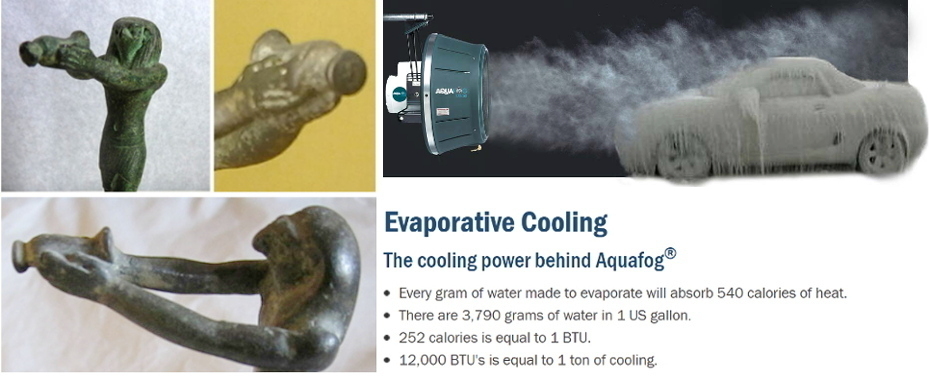
The Pyramids of the Cold Section 1 • The evaporative cooling passage
Publié par Bruno Coursol dans The Pyramids of the Cold le 12/04/2022 à 20:17
The ancient Egyptian god Horus, holding the fog nozzle of the evaporative cooling passage of the Great Pyramid. Horus images : E3752 from the Louvre Museum and figurine of Horus ...Lire la suite
The Pyramids of the Cold Section 2 • The Dendera Light
Publié par Bruno Coursol dans The Pyramids of the Cold le 12/04/2022 à 20:16
The Dendera Light is a stone relief in the Hathor temple at Denderah in Egypt, that depict Harsomtus, in the form of a snake, emerging from a lotus flower. "In ...Lire la suite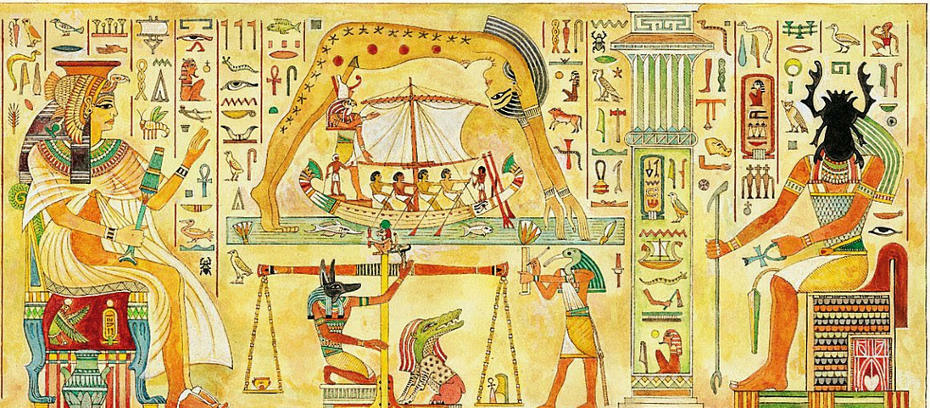
The Pyramids of the Cold Section 3 • The Amun, Geb, Shu, Nut and Tefnut Glorifying Metaphors
Publié par Bruno Coursol dans The Pyramids of the Cold le 12/04/2022 à 20:15
On this scene representing Nut, water is here clearly represented. In the same scene below, water is not represented, but it is though suggested by the solar boats, the fisherman, ...Lire la suite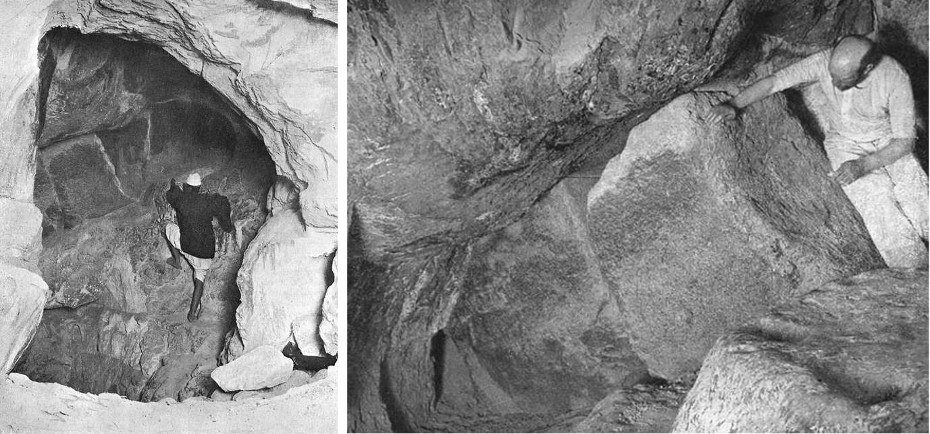
The Pyramids of the Cold Section 4 • The Inclined Well Layout
Publié par Bruno Coursol dans The Pyramids of the Cold le 12/04/2022 à 20:14
On the left is the cavity of the Caliph Al-Ma'mun, in which the water of the inclined well (the ascending passage of the Great Pyramid of Khufu) was drained into. ...Lire la suite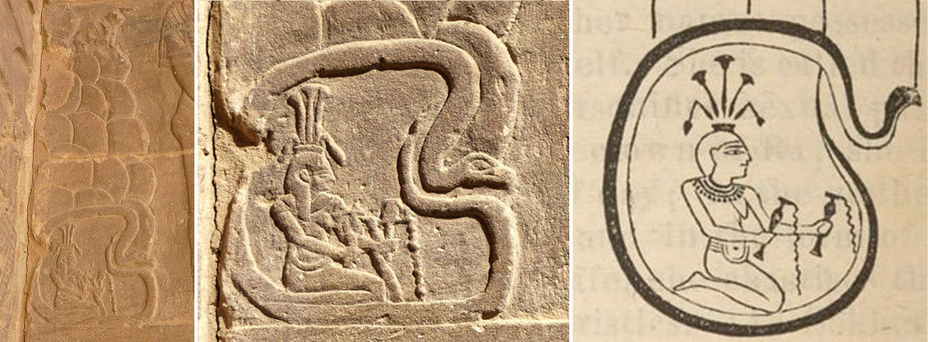
The Pyramids of the Cold Section 5 • The Inclined Well Waters
Publié par Bruno Coursol dans The Pyramids of the Cold le 12/04/2022 à 20:13
God of the annual inundation of the Nile Hapi, creating the first snake with his own water. Snake = Water. Isis temple, North wall of the Gate of Hadrian with ...Lire la suite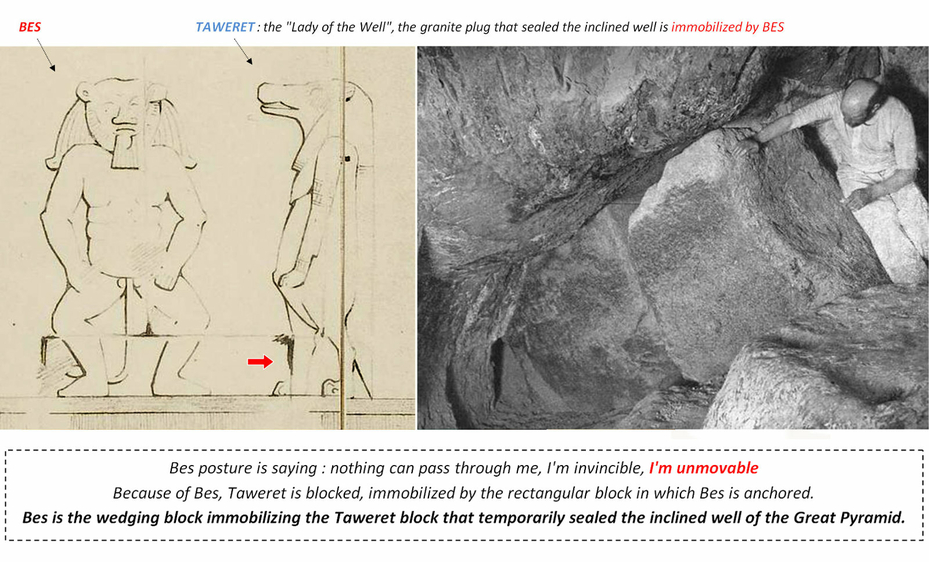
The Pyramids of the Cold Section 6 • Inclined Well : The Taweret Lady of the Well sealing block
Publié par Bruno Coursol dans The Pyramids of the Cold le 12/04/2022 à 20:12
The Pyramids of the Cold - Section 6 • Inclined Well : the Taweret Lady of the Well sealing block In summary : goddess of Childbirth Taweret is a glorifying ...Lire la suite